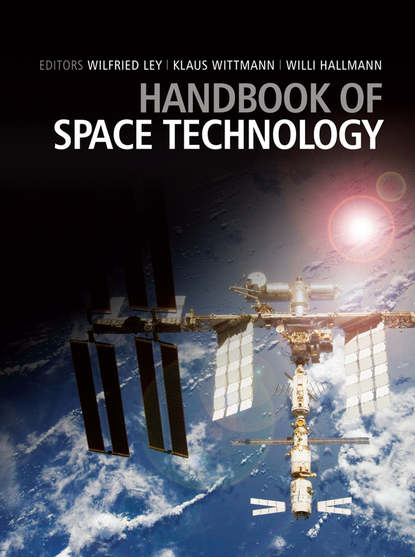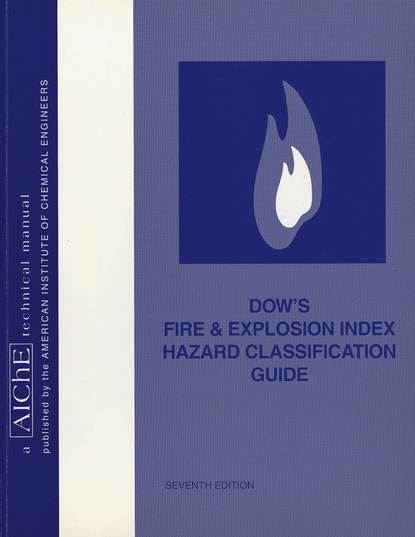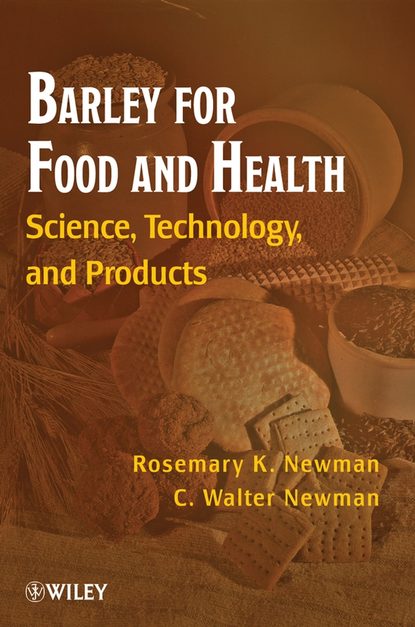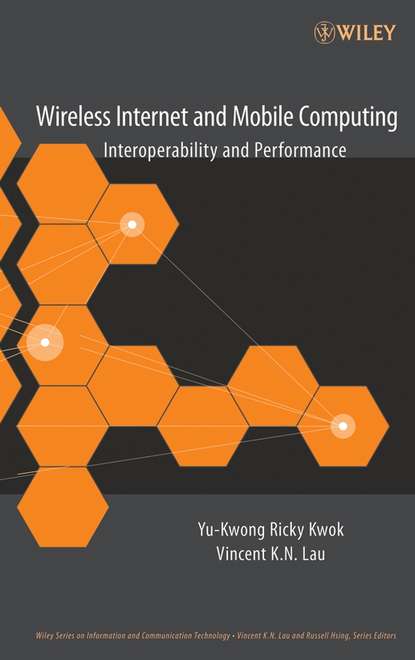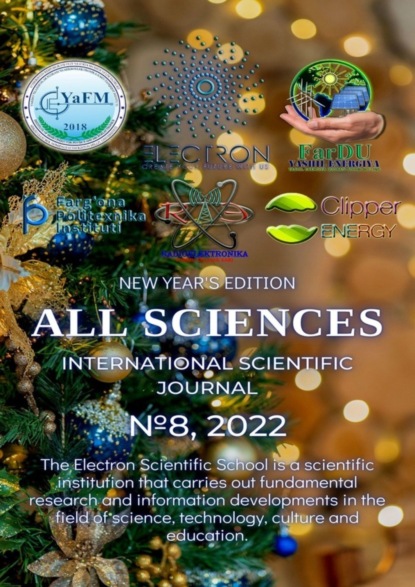Книга “Handbook of Space Technology” авторства Wilfried Ley является третьим изданием на английском языке, и она представляет собой исчерпывающий обзор увлекательного мира космоса впервые на английском языке.
Книга написана более чем 70 ведущими экспертами из университетов, исследовательских институтов и космической отрасли. В книге подробно описываются процессы и методологии разработки, создания, эксплуатации и использования космических систем, а также глубокие изменения, произошедшие в последние годы в инженерии, материалах, процессах и даже политике, связанных с космическими технологиями и использованием.
Отдельные главы являются самостоятельными, что позволяет читателю быстро и надежно получить обзор выбранной области. Подробный список ключевых слов и ссылок помогает тем, кто желает углубить свое понимание отдельных тем.
Издание содержит превосходные цветные иллюстрации и фотографии, что делает его междисциплинарным справочником, который будет полезен для всех, кто интересуется космическими технологиями.
Twenty years after its original publication in German, and only just more than 50 years since the launching of Earth's first artificial satellite, Sputnik 1 in 1957, this third English edition of The Handbook of Space technology offers a fully colorized, enlightening account to the fascinating universe of outer space. Authored globally by more than 70 expert contributors from academia, research institutes, and the space sector, the compendium describes the methodologies and processes involved in creating, managing, operating, and exploiting space systems. It also renders a significant reflection on how space engineering, technology and its utilization policies have been affected in recent decades. Each chapter is an independent unit, allowing readers to quickly obtain a comprehensive summary of targeted areas. A comprehensive referencing and keyword guide facilitate those seeking further insight into individual subjects. From stunning, full-color illustrations to substantial photographs, this multidisciplinary resource supplies usable, practical instructions and theoretical knowledge that will prove valuable to aspirants working within space-related industries or simply eager to learn more about the intriguing phenomenon around us these days. Important section headings consist of: Introduction, Fundamentals, Launch Vehicles, Space Vehicle Subsystem, Aspects of Manned Flight, Effect of Utilizing Space, Configuration and Creation of a Satellite, and Management of Space Embarkations.
Электронная Книга «Handbook of Space Technology» написана автором Wilfried Ley в году.
Минимальный возраст читателя: 0
Язык: Английский
ISBN: 9780470742419
Описание книги от Wilfried Ley
Twenty years since the first edition was published in the German language, and just over fifty years since the launch of the Earth’s first ever artificial satellite Sputnik 1, this third edition of the Handbook of Space Technology presents in fully integrated colour a detailed insight into the fascinating world of space for the first time in the English language. Authored by over 70 leading experts from universities, research institutions and the space industry, this comprehensive handbook describes the processes and methodologies behind the development, construction, operation and utilization of space systems, presenting the profound changes that have occurred in recent years in the engineering, materials, processes and even politics associated with space technologies and utilization. The individual chapters are self-contained, enabling the reader to gain a quick and reliable overview of a selected field; an extensive reference and keyword list helps those who wish to deepen their understanding of individual topics. Featuring superb, full colour illustrations and photography throughout, this interdisciplinary reference contains practical, hands-on engineering and planning information that will be invaluable to those on a career path within space technology, or simply for those of us who’d like to know more about this fascinating industry. Main section headings include: Introduction (historical overview, space missions) Fundamentals (orbital mechanics, aerothermodynamics/ reentry, space debris) Launch Vehicles (staged technologies, propulsion systems, launch infrastructure) Space Vehicle Subsystems (structure, energy supply, thermal controls, attitude control, communication) Aspects of Human Flight (man in space, life support systems, rendezvous and docking) Mission Operations (satellite operation, control center, ground station network) Utilization of Space (Earth observation, communication navigation, space astronomy, material sciences, space medicine, robotics) Configuration and Design of a Space Vehicle (mission concept, system concept, environmental simulation, system design, Galileo satellites) Management of Space Missions (project management, quality management, cost management, space law)
